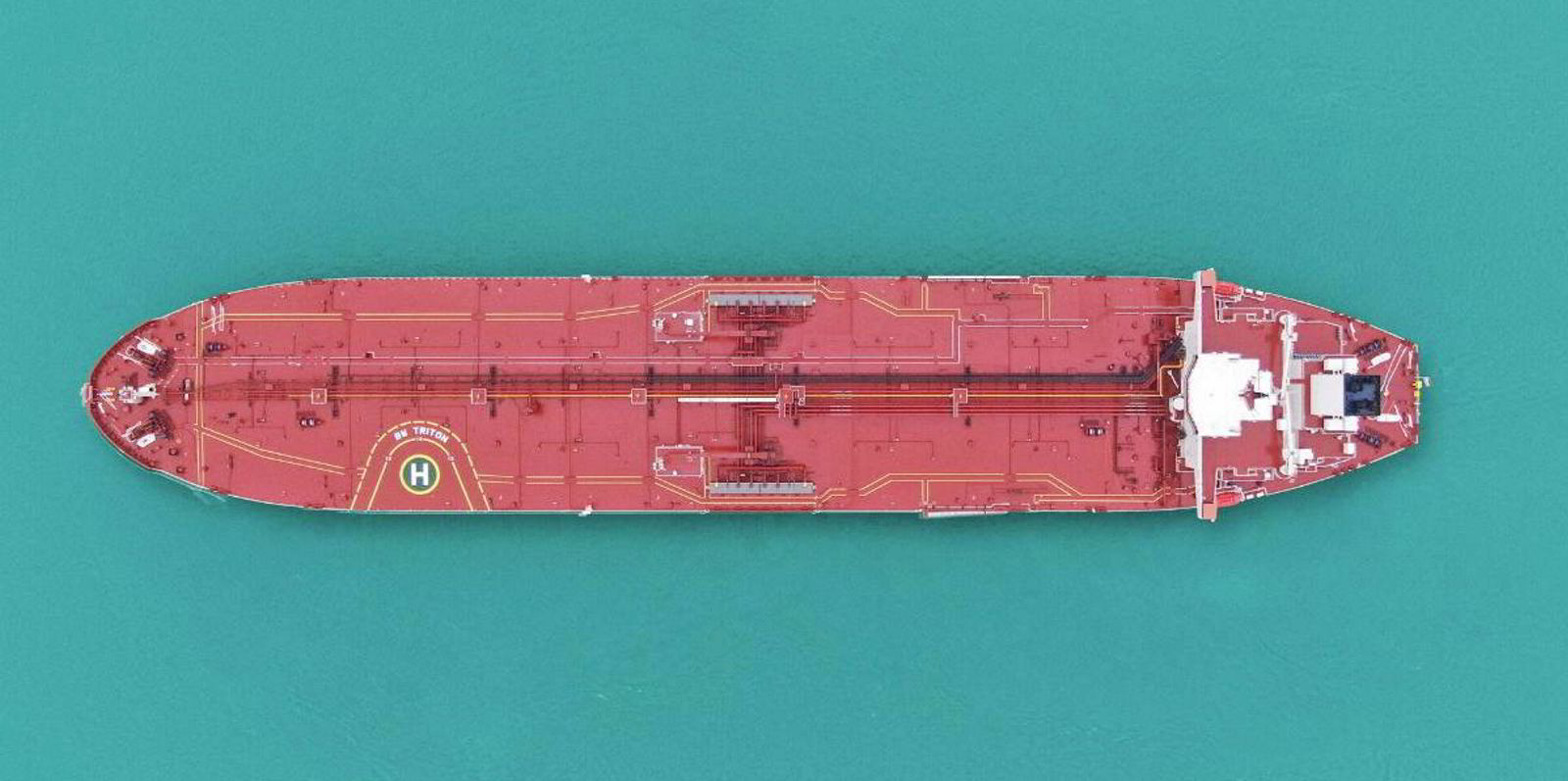The Neptune Declaration, the Global Maritime Forum-led seafarer welfare initiative, has devised a “best practices” checklist for charterers.
The document has been developed by charterers from both the wet and dry bulk sectors who are among the declaration's 800 signatories.
The backers of the initiative said their intention is “not to change or undermine the shipowners’ responsibilities” when it comes to crew or the operation of their vessels, including implementing health protocols or performing crew changes.
However, they said that by working with shipowners, charterers can help “facilitate needed crew changes, while minimising the disruptions to operations to the benefit of all stakeholders involved, not least the seafarers”.
The charterers behind the document said their aim is to inspire other charterers to implement these best practices and to share openly their best practices, “so we continue to learn from each other as the situation on the ground continues to evolve”.
The best practices checklist is divided into two different sections to reflect the different role and scope of control between a time charter and a spot charter.
Central point of contact
In general, the best practices guidelines suggest establishing a central point of contact with a clear leadership mandate to ensure consistency and coordination across all chartering operations.
Charterers are also advised to continuously monitor the crew change situation across all vessels chartered to ensure that plans for necessary crew changes are “developed together with the shipowners based on operational and other needs”.
The document also suggests working with authorities and other stakeholders in ports where the charterer has significant operations to develop and implement practicable high quality health protocols and other procedures that can increase the likelihood of crew changes being permitted at regular ports of call.
Before fixing a vessel, charterers are advised to ask shipowners to confirm that they are implementing the International Maritime Organization's health protocols for the joining and off signing crew.
Charterers should also ask for information on the length of service and the expiry of contracts of crews on all ships proposed for charter and a forecast on planned crew changes.
They are also encouraged to develop and agree on a long-term plan for crew changes that is aligned with the operational needs of the charterer.
During the charter, the checklist suggests charterers keep abreast of developments of local regulations in potential crew change locations.
It also encourage the shipowner to make the applications necessary to perform crew changes at potential crew change ports well in advance.
And charterers should engage in dialogue with owners on how to adjust crew change plans, if needed.
The best practices for charterers comes just days after the Neptune Declaration launched its crew change indicator which is designed to provide up to date information on the crew change situation.
Published once a month, it is based on data from major shipmanagers across all key segments and shows the percentage of seafarers who are on board ships beyond the expiry of their initial contracts. It also shows those who have been on board for more than 11 months — the maximum period allowed under the Maritime Labour Convention.





